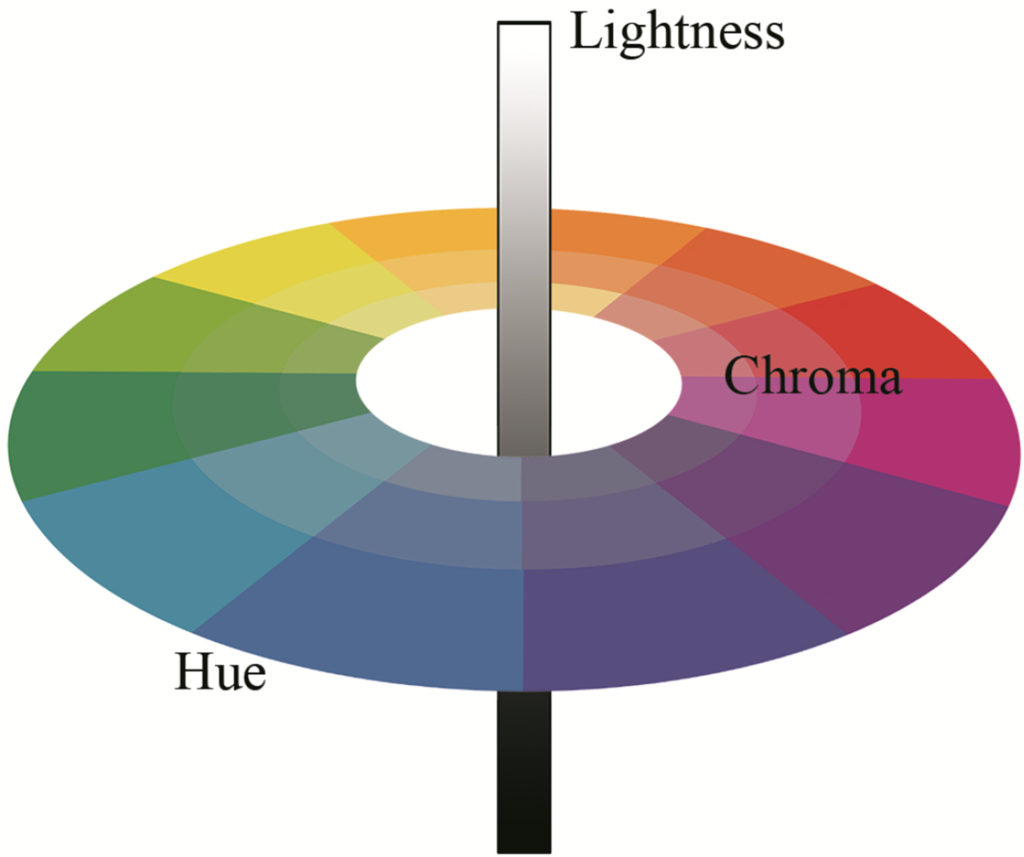
Color prediction platforms have become a global phenomenon, attracting a diverse audience seeking entertainment and financial gains. However, the dynamics of color prediction are not confined to individual preferences alone. This article delves into the complex interplay between social and economic factors and their significant impact on color prediction platforms, shedding light on the broader context that shapes the choices and behaviors of participants in these digital arenas.
Social Dynamics and Color Prediction:
The influence of social factors on color prediction cannot be underestimated. Social dynamics, including cultural norms, peer influence, and community engagement, play a pivotal role in shaping an individual’s approach to color prediction platforms. Cultural nuances and societal expectations may influence the choice of colors or even the decision to participate in these platforms, creating a rich tapestry of diverse preferences.
Peer Influence and Trends:
Color prediction, often perceived as a social activity, is not immune to the power of peer influence. Friends and family members may share predictions, strategies, and success stories, creating a sense of community within the platform. The emergence of trends and popular color choices within social circles can significantly impact individual decisions, as participants may be inclined to align their predictions with prevailing sentiments to enhance the communal experience.
Economic Factors and Risk-Taking Behavior:
The economic landscape plays a crucial role in shaping user behavior on color prediction platforms. Individuals from different economic backgrounds may approach these platforms with varying levels of risk tolerance. Economic stability or instability can influence the extent to which participants engage in color prediction, impacting the amount of money they are willing to invest or risk on predictions.
The Pursuit of Financial Gains:
At the core of color prediction platforms is the promise of financial gains. Economic factors such as income levels, employment status, and overall financial well-being directly influence the motivations behind participation. Individuals facing economic challenges may view color prediction as a potential source of supplemental income, driving them to engage more actively and strategically on these platforms.
Psychological Impact of Economic Conditions:
Economic conditions can also have a psychological impact on participants. During periods of economic uncertainty, individuals may be more inclined to seek alternative avenues for financial growth, potentially leading to increased participation in color prediction platforms. Understanding the psychological underpinnings of economic factors is crucial for platform developers and regulators aiming to create responsible and sustainable gaming environments.
Regulatory Responses and Social Responsibility:
Given the intersection of social and economic factors in color prediction platforms like 91club.in, regulatory bodies are increasingly scrutinizing these platforms to ensure fair and responsible practices. Regulatory responses aim to strike a balance between allowing entertainment and financial opportunities while safeguarding users from potential risks associated with excessive or uninformed participation.
Conclusion:
Analyzing the impact of social and economic factors on color prediction platforms reveals a multifaceted landscape shaped by cultural dynamics, peer influence, economic conditions, and financial motivations. As these platforms continue to evolve, it becomes imperative for developers, regulators, and participants alike to navigate this complex interplay responsibly. Striking a balance between entertainment, financial incentives, and user well-being ensures the sustainability of color prediction platforms as engaging and responsible digital spaces in the broader social and economic context.
Leave a Reply